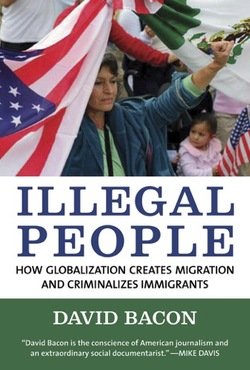By Nina Rabin
This Article describes the ways in which prolonged states of legal limbo have grown more precarious, and thereby subordinating, under the Trump administration. Liminal forms of status have long been a feature of U.S. immigration law. But under the Trump administration, legal limbo grew both in prevalence and precarity. Due to Trump’s pursuit of an aggressive enforcement agenda, the legal system has become so overwhelmed that non-detained immigrants find themselves in protracted removal proceedings that routinely last for years. During this time, immigrants are consigned to a marginalized existence that harms their long-term ability to achieve social and economic mobility and integration. In this way, legal limbo has become increasingly tied to the creation and maintenance of a caste system in U.S. society. This Article offers a new conceptual framework, the “spectrum of precarity,” to analyze how and to what extent various types of liminal legal status in immigration law marginalize immigrants. Application of this spectrum to the states of limbo experienced by immigrants under the Obama and Trump administrations reveals very different approaches and outcomes. President Obama created liminal forms of legal status through specific policies and programs: administrative closure and the Deferred Action for Childhood Arrivals program (DACA). These efforts were explicitly designed to provide immigrants with a measure of social integration, along with protection from deportation. In contrast, immigrants in the Trump Era found themselves in limbo due to ballooning backlogs in the over-burdened legal immigration system. As a result, at the close of the Trump administration, immigrants with pending visas and asylum-seekers live in a state of prolonged uncertainty and fear that forces them into a marginalized existence in the shadows. This state of affairs poses a challenge for removal defense attorneys of non-detained immigrants, and calls into question the due process framework that often serves as a guiding structure for advocates in the immigration system. Due process, with its focus on discrete legal events and its failure to pay sufficient attention to the passage of time, risks causing attorneys to become accomplices in the creation of caste. Instead, in the current dysfunctional and disempowering legal immigration system, removal defense attorneys must seek to counterbalance the marginalizing effects of legal limbo on their clients’ daily lives and future trajectories through multi-faceted, interdisciplinary, and community-based models of lawyering.
35 Geo. Immigr. L.J. 567,569. 2021.

















